Anglers Booking Team
The expert copywriters at Anglers Booking have meticulously crafted this article. Our dedicated team of writers provides valuable insights and information to enhance your angling experience.
 15 minutes read
15 minutes readIf you are a beginner angler, the name "Kite fishing" may initially sound unconventional, even whimsical. The idea of using a kite, a symbol of childhood fun, to catch fish might seem far-fetched. However, as with many things in the world of fishing, what appears unusual at first often turns out to be a brilliant strategy.

Kite fishing is not just a technique; it's a tradition that has stood the test of time. Its origins can be traced back to the Polynesian islands, where it was a vital part of the local fishing culture. It remains a favorite among deep-sea anglers in the USA, especially those drawn to the challenge of catching the elusive big fish.
If you are intrigued by kite fishing and eager to learn more, you are in the right place. We will guide you through the basics of this technique and explain in a fun but accurate way what it is and its secret. So let's get started.
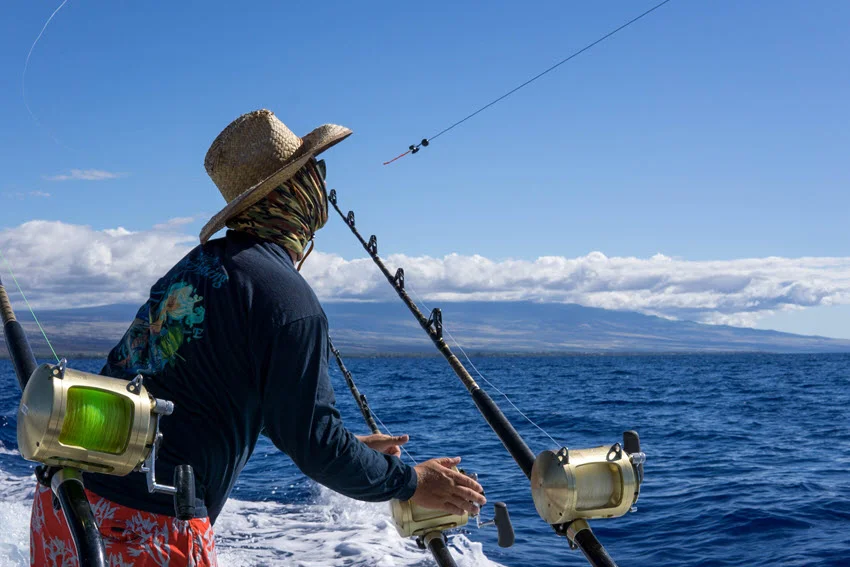
Kite fishing is quite intriguing. Specifically for beginners, it provides an excellent introduction to the basics of fishing and expresses a deep respect for nature, trying not to disturb its balance.
Using a kite to catch a fish means suspending the bait above the water and positioning it to allow anglers to target fish in otherwise hard-to-reach areas. It involves attaching the fishing line to the kite ropes with clips, allowing the kite to carry the line and bait at different distances. When the fish bites, the kite drops dramatically, and you have to release the line with the release clip and begin the fishing battle.
One of the key advantages of kite fishing is its versatility. It allows you to fish in a variety of environments and quickly adapt to changing conditions. But it's not just a practical technique. There's also a significant spiritual dimension to it. The quiet moments spent on the water, the anticipation of watching the kite dance in the sky, and the thrill of a successful catch all add to a truly unique fishing experience.
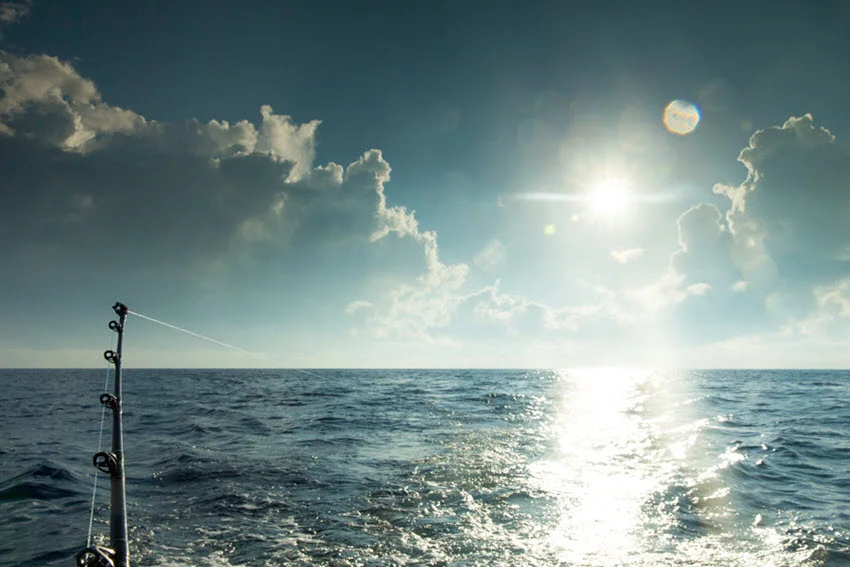
In addition to looking visually attractive, kite fishing allows for a relatively quiet and calm presentation of the bait. Such a presentation is compelling for most fish species, especially suspicious ones. Kite fishing gear is specialized but affordable and lightweight, making it appealing as a spontaneous, fun sporting game.
You can cover incredible stretches of water and access challenging environments, from shore to deep water, both saltwater and freshwater, year-round. Anglers can also see the kites' movements, increasing their sensitivity and enabling a quick reaction to bites. Kite fishing is a game, a technique, and a sport, and in the dance of these three dimensions lies the true beauty of this ancient technique.
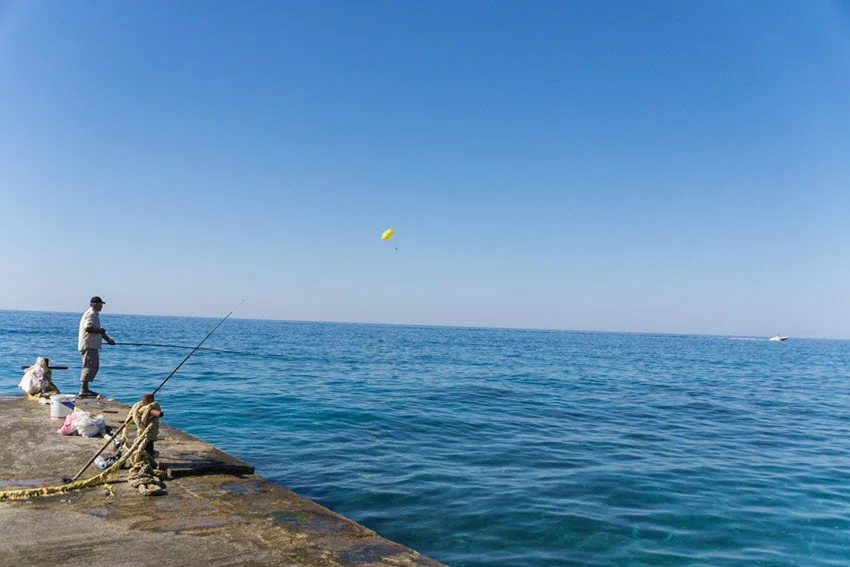
Although it seems like a game for children and unusual fishing improvisation, kite fishing targets large trophy species and major deep-sea fishing obsessions such as Sailfish, Tuna, and Marlin. Often, conventional fishing techniques fail in hunting these dangerous species, and that's when this technique comes into play.
If you find yourself in choppy seas, kite fishing will stabilize and keep the bait steady and visible, even in clear or shallow waters where visible lines can easily spook fish. You can also use it because it will extend your range in the water. It is safe and effective on windy days when the kite stays in the air quickly, providing excellent control over lures.
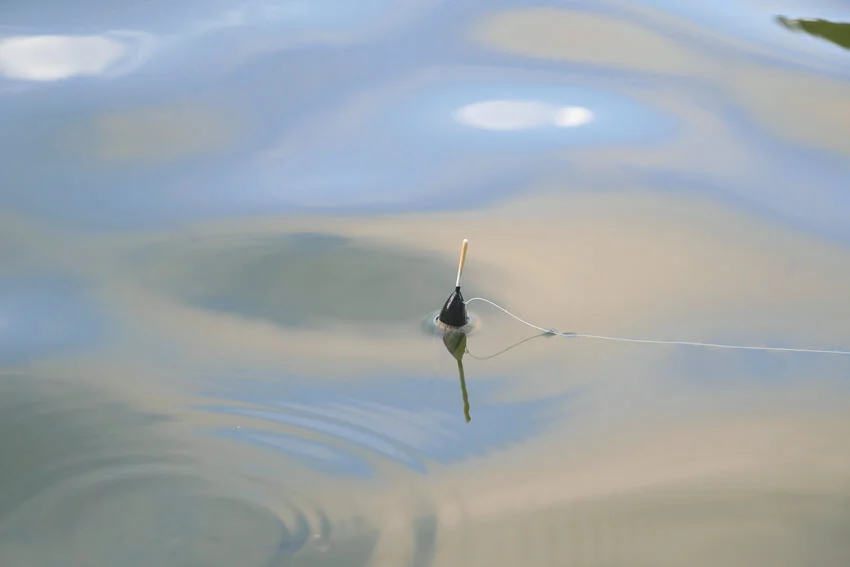
Fish are attracted to kite fishing primarily because of the very subtle presentation of the baits. In a way, the remote presentation eliminates the possibility of unnecessary noises, keeps the fishing lines out of sight underwater, especially when you are shooting far from the boat or shore, and removes even the slightest suspicion of fish.
This is also influenced by the visual stimulus factor, where the kite's movement on the surface can attract the fish's attention, prompting them to come closer to sniff, investigate, and potentially bite. So, fish gather to kite fishing due to the light and skillful natural presentation of baits, hidden, remote access, and effective visual stimulation.
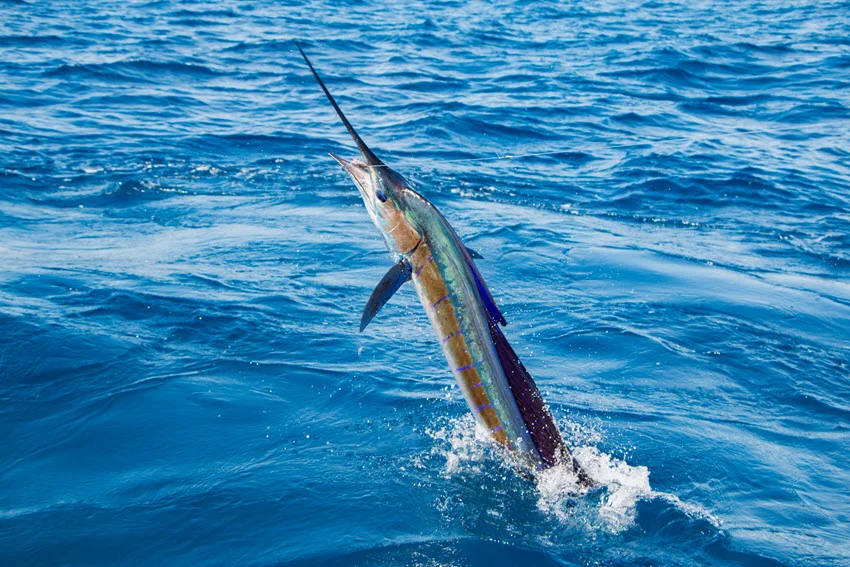
This seemingly gentle fishing technique works wonders; what big fish faces you can catch is genuinely unique. Essentially, the best of the best. Check out:
Sailfish: Acribations, jumps, speed – Sailfish has it all, and its popularity will never go away.
Tuna: Blackfin and Yellowfin Tuna are often targeted with this technique due to their predatory nature and preference for baits that float close to the water surface.
Marlin: Kite fishing can be used to catch all types of Marlin. They call offshore waters home, and you can bait them with a kite from a boat a long distance away.
Kingfish: Big and fast swimmers are commonly caught with kites along coastal areas, especially during migration seasons.
Mahi Mahi: Very often kite-fished, especially around structures, floating debris, or weeds.
Bass: Both Largemouth and Smallmouth Bass can be targeted by kite fishing, especially in the early morning or late evening hours when, according to their biorhythm, they are most active.
Pike: These aggressive predators swim near rock structures, making them prime targets for kite fishing in freshwater environments.
Catfish: A popular freshwater species that can be caught by kite fishing, especially when targeting larger specimens in deeper waters.
Of course, you don't have to limit yourself to these fish. Many will bite your kite fishing bait if presented well.
Good gear and a deep understanding of the gear and its every detail support every fishing technique. With such knowledge, you can improvise and certainly upgrade your fishing skills. Here are the basics for kite fishing.
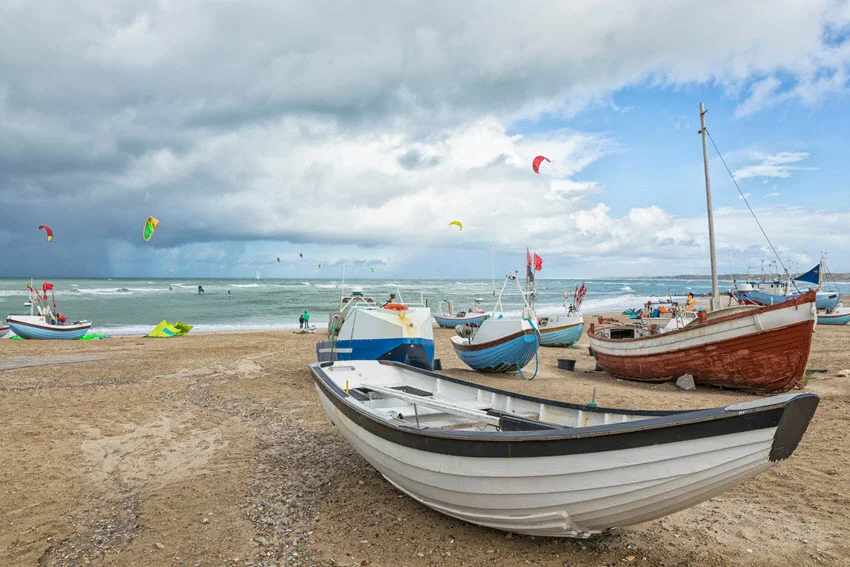
As the name suggests, the kite is key to this unusual fishing technique. Here are the most common kite types used in this technique:
Delta Kites: They are stable and very light, so they are trendy and appreciated. Their triangular shape and single attachment point make them suitable for lifting bait and fishing lines.
Parafoil Kites: Their main characteristic is a flexible structure filled with air but without a rigid frame. This makes them light, easy to pack, and a good choice for kite fishing in windy conditions.
Sled Kites: Simple, with the possibility of easy control, and thus suitable for beginners and experienced anglers. They provide stable lift and stability in various wind conditions.
Box Kites: They have a box-like shape and structure with many cells. This provides them stability and lifting capacity, making them suitable for kite fishing in moderate to strong winds and perpetual heights.
Dropper Kites: Dropper kites are specialized with a braking or stabilizing tail that helps maintain stability and better control in the water. They are excellent for catches in unstable weather and rough seas.
Consider factors such as wind conditions, lifting capacity, stability, and ease of use. The kite has to support the chosen fishing environment, or you could run out of catches.

It is best to opt for specialized rods to make your kite fishing expedition as successful as possible. They are designed to handle the unique demands of this technique. Here they are:
Kite Fishing Rods: These rods are longer than the traditional ones and usually 8 to 10 feet long. This is exactly how they create the feeling of remote control and leave enough space for kite lines. You'll find them in materials like graphite or composite blends, which offer excellent sensitivity and strength for detecting subtle bites and controlling the decisive game.
Trolling Rods: They are another popular choice for kite fishing, primarily if the focus is fishing for species such as Tuna, Sailfish, and Marlin. They are designed to withstand the rigors of trolling at high speeds and can also handle heavy fishing lines. They have solid blanks, reinforced guides, and solid pole seats that provide strength and support during intense fights.
Surf Rods: It is common for anglers to use surf rods for kite fishing, especially when fishing from shore. These rods offer the option of long casting and the ability to handle heavy weights and bait settings. They are long, ranging from 9 to 12 feet, and have strong blanks and oversized guides.
Telescopic Rods: They can be used in a compact and portable setup, and their collapsible parts allow easy transport and storage. They are available at different lengths and with various actions, offering versatility and practicality.
Custom Rods: Rods tailored to individuals and their fishing preferences and styles. Manufacturers can design and construct rods optimized for kite fishing, adding specialized features and components to meet the angler's detailed specifications. This type offers superior performance, comfort, and that unique addition of angler ego and pride.
When choosing a rod, prioritize length, action, material, and reel compatibility to ensure optimal performance.
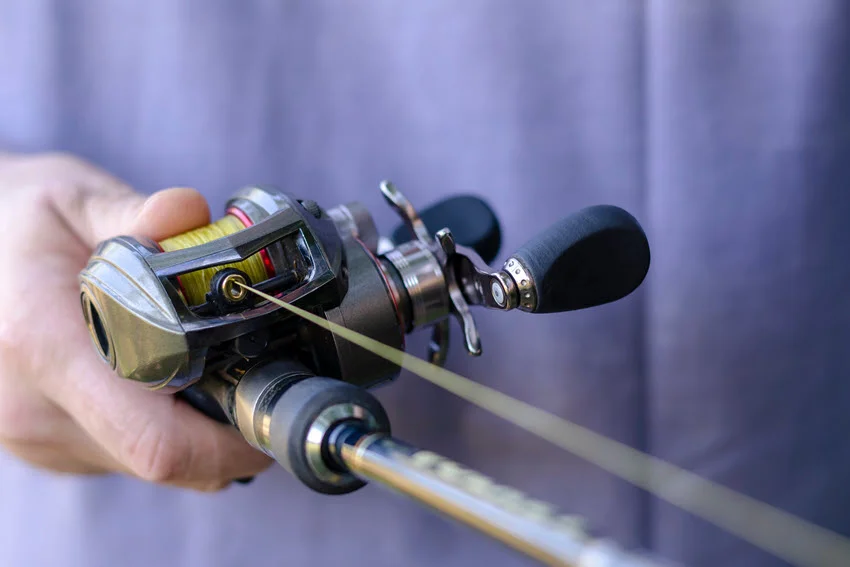
The reel is essential for kite fishing, as it is the central point that allows you to manage the fishing line and control the bait's position in the water. Here are the most commonly used reels used in kite fishing:
Conventional Reels: Baitcasting reels are a common choice in kite fishing due to their robust construction and large line capacity. They have a spool that rotates perpendicular to the rod, thus providing accurate casting. This type can be used with heavy lines and large bait rigs and is primarily used to target offshore species such as Tuna, Sailfish, and Marlin.
Spinning Reels: Quite simple, with a fixed spool mounted under the rod, which reduces line friction and enables more effortless casting and retrieval. They are excellent for throwing not-so-heavy lures and are the primary choice for inshore kite fishing.
Electric Reels: This reel has electric motors that automate the line pulling. Guess what? They are great for kite fishing in deep water. They provide the necessary stability to retrieve heavy lines and deep-sinking gear with minimal effort, saving you power during long fishing trips.
Kite Fishing Reels: Some manufacturers offer specialized kite fishing reels with unique design elements such as extended line release arms, line clips, and kite attachment points. Depending on your style of kite fishing, these reels can be in conventional or swivel configurations.
A wise and deliberate choice of fishing equipment is always important. It can save you money, nerves, and time. That's why, when choosing a reel for kite fishing, you should consider factors such as the capacity of the resistance system, the transmission ratio, and the material that can withstand the performance for which you intended it.
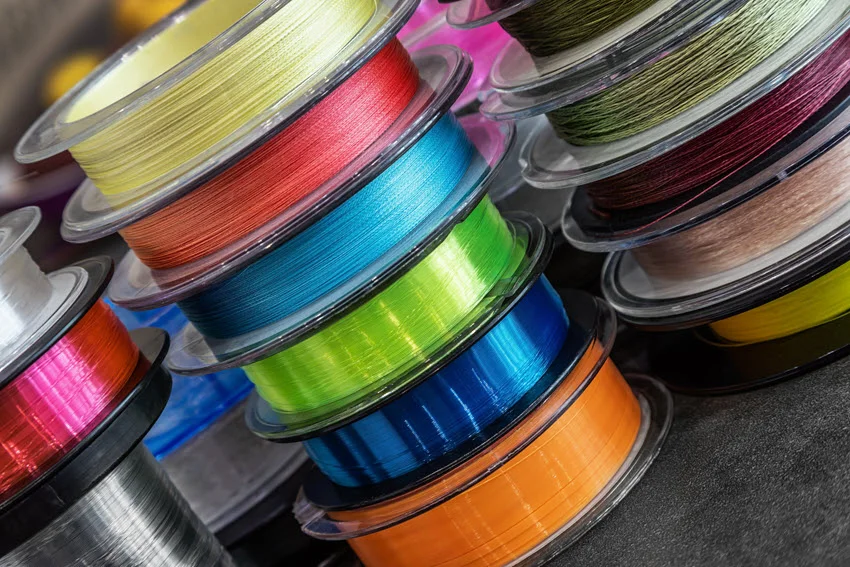
The line connects you and your bait, giving you strength, durability, and control over your entire kite fishing setup and idea. That's why choosing the one that will support all of that separately and as a unique system is essential. Here are the most commonly used ones:
Monofilament Line: The Monofilament line is pliable and easy to work with, making it excellent for beginners and experienced ones. It has different strengths and diameters, so there is plenty of room for easy and quick adaptation to the target species and fishing conditions.
Braided Line: Braided rope is synonymous with superior strength, sensitivity, and wear resistance. This type of line has minimal stretching, thus allowing better sensitivity to bites. Compared to monofilament, it has a smaller diameter, allowing longer casting.
Dacron Line: The Dacron line, or polyester line, is a highly durable and wear-resistant line most commonly used in kite fishing sets. Its highlights are excellent knot strength, resistance to UV damage, and low stretchability, allowing better sensitivity to bites.
Hollow Core Spectra Line: The Hollow Core spectra line is a top-tier braided line option known for its exceptional strength, durability, and low stretch range. It is constructed with a hollow core, allowing easy setup for kite fishing. They are primarily intended for deep ocean fishing.
Always consider factors such as line strength, diameter, stretch, and abrasion resistance for optimal performance and durability on the water. Also, remember that good gear is important in addition to a strong will and intention for a quality catch and good fun. It doesn't always have to be expensive; you'll learn how to improvise and compensate over time.
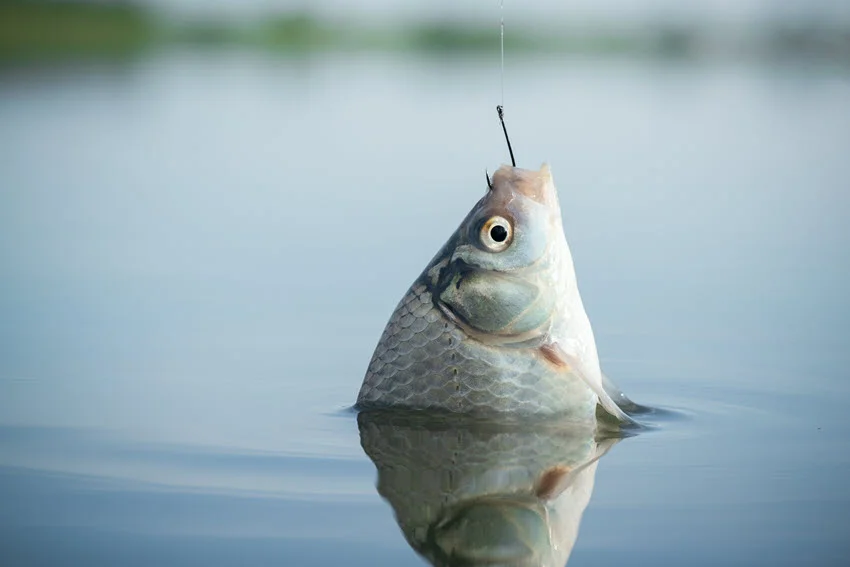
Hooks are the sensitive parts of a kite fishing setup; they are a critical component for attaching the bait and essential for a quality and successful presentation of the bait. To make your kite fishing game a success, attach some of the following hooks to your fishing setup:
Circle Hooks: Probably the most common choice of kite fishing anglers. The circular design minimizes and increases the hook rate, while the sharply bent tip can be rotated when the fish bites the bait. They are often used when practicing "catch and release," as they usually hook the fish in the corner of the mouth, reducing injuries.
J-hooks: If your primary kite fishing species are Tuna or Marlin, then rely on J-hooks. They have a traditional J-shaped design with a pointed tip and an outward-facing spike, which provides firm support and hold.
Live Bait Hooks: They are designed to provide a crisp, quality live bait presentation in a kite fishing setup. They have a long handle and a flat or offset point to hold the bait securely.
Dead Bait Hooks: This type presents frozen or canned bait fish in kite fishing setups. Depending on the size of the lures, they feature a treble or single hook and are available in various sizes and styles to suit multiple fishing scenarios.
Specialty Hooks: You can also find highly specialized kite fishing hooks with features such as extended shanks, bait barbs, and corrosion-resistant coatings. These hooks are intended for strict sea fishing conditions and provide reliable performance under challenging conditions.
Whichever hook you choose, looking for non-corrosive and made of the highest quality materials possible is best. Such hooks, with proper maintenance, can serve you for years.
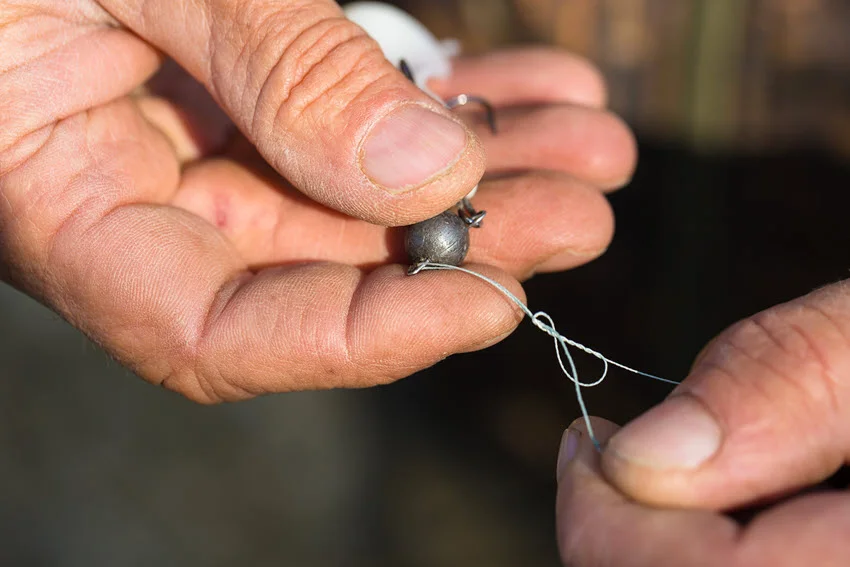
Rigs determine how your bait is presented and whether the fish will eventually bite.
Live Bait Rig: It was created to keep the bait alive and in such a way that it naturally swims in the water because it is mostly irresistible to most fish. It usually consists of a fluorocarbon or monofilament line that connects the main line to the J hook.
Dead Bait Rig: This rig contributes to the quality presentation of dead or frozen bait fish. It often involves a combination of single and treble hooks to ensure that the bait stays at a certain depth.
Dropper Rig: It is primarily used in situations where you want to perform the presentation of baits at different depths with kite fishing
Double-Hook Rigs: These are usually chosen when larger lures are in play. Some anglers use two hooks – one on the head and one on the lure's tail. This rig is supported by a strong leader line that can withstand the power of large fish.
Kite Release Rigs: This type has a kit release clip, which attaches the fishing line to the line and releases it when the fish bites. They have a leader line connected to a release clip on the hook, which must match the size of the bait and the fish chosen.
Surface Bait Rigs: Primarily used to allow the bait to glide across the water's surface, attracting predatory fish that hunt near the top. These floating devices keep the bait on the surface, supported by a strong leader line that can withstand surface shocks.
No part of the fishing tackle is insignificant, and every part of the puzzle is important because if it is well put together, it will only be an extension of your skill and will support you no matter what level you are as an angler.
Kite Fishing is specific in many ways, including the selection of baits. Since this technique can be applied in fresh and saltwater, we have included below a selection of the most commonly used live and artificial baits in both environments.
If we were forced to choose whether it is better to practice kite fishing in salt or freshwater, we would slightly prefer saltwater because it is much more challenging. If you are a fan of more adventurous ocean kite fishing, these are the baits you need to focus on and have in your tackle box.

Live bait will fit perfectly into whatever environment you are fishing. Saltwater fish are big predators, and with a good presentation, they will not resist the following live baits:
Goggle Eyes: Durable and lively, they are trendy for kite fishing in seawater because they have visual appeal and durability.
Sardines: They have interesting swimming patterns that attract many types of marine fish.
Threadfin Herring: Their shiny appearance makes them primarily visually attractive to species such as Tuna or Marlin.
Blue Runners: Hardy, frantic, and with unusual swimming patterns, they have proven excellent for large saltwater fish.
Ballyhoo: A species of dead bait whose meat is used whole or in fillets for targeting species such as Sailfish and Marlin.
Mullet: Like ballyhoo, whole and chunks work for most marine predators.
Squid: They have a powerful smell, which is further enhanced by the seawater, and can be mounted in various ways.
When choosing baits, consider which fish or group you are targeting. Based on that, create your kite fishing menu of live bait for them.

Artificial baits have their advantages. With an extensive selection, you have a unique palette for almost every type of fish. Of course, you don't have to splurge so much. When it comes to kite fishing, these are the most commonly used:
Topwater Plugs: Designed to mimic the action of an injured fish frantically skimming the surface, inspiring attacks from the target fish.
Swimbaits: This type is perfectly created to mimic the realistic swimming action that frightens the visual show and lures most marine predators.
Surface Poppers: Their splashing and popping action will attract even very distant fish, making them an excellent choice for kite fishing.
Soft Plastics: Arguably a generic and very versatile group of lures that can be easily rigged to mimic various saltwater fish.
Artificial lures can be a perfect choice for saltwater kite fishing, and it is always a significant advantage that you can use them more than once.
Kite fishing in freshwater environments can be even more challenging than in saltwater, but for many anglers, that adds to the charm of kite fishing. The right choice of bait will enable your kite to catch Bass, Pike, or Catfish, and here is a quick guide to freshwater kite fishing lures.

Live baits for freshwater kite fishing differ significantly from saltwater ones, but the essence is the same. Natural and alive, it will more easily inspire the fish to bite.
Shiners: Shiners have proven highly effective for freshwater games such as Bass and Pike because they have exciting and attractive swimming movements.
Minnows: These are small, lively fish whose colorful movements attract many freshwater predatory species.
Crayfish: Natural prey for most freshwater fish, making them one of the primary baits in your bait bag.
Nightcrawlers: An exciting species that is generic but does the job for the dominant freshwater species.
The advantage of live bait in freshwater environments is that the environment is often very generous with worms, so you can use them if you run out of bait.
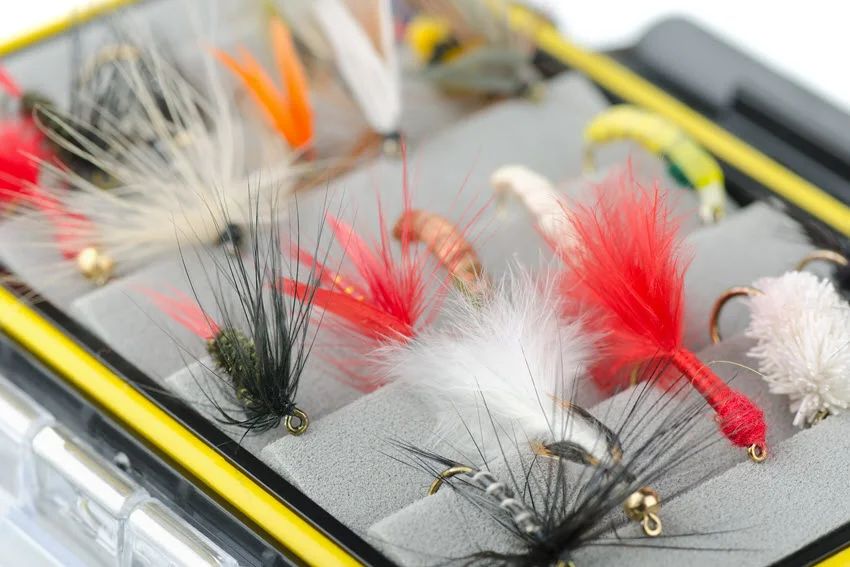
Artificial lures are always welcome because they offer and can mimic the natural prey of most fish, making them an essential part of any angler's tackle box. Here's a look at some of the best options for freshwater kite fishing.
Lures: Designed to mimic small fish or crayfish, one of the most common freshwater bait species, they are the primary choice for bass and other freshwater species.
Spinner Lures: They have flashy blades and produce a vibrating action that is highly visually appealing to most freshwater predators.
Jigs: They are a common choice for various fishing techniques. They look meaty and tasty because they are filled with soft plastic or live bait.
Soft Plastics: Very multi-functional and can imitate worms, minnows, and other freshwater prey.
Choosing the right baits can significantly add to the experience and learning of freshwater dragon fishing. You can test, combine, and experiment to find what works best for you and your vision of fisheries.
Kite fishing is a genuinely intriguing technique with the special bonus of being applied from various places – a boat, shore, or something else. Discover more below.

A distinct advantage of kite fishing from a boat is mobility and access to a wide range of fishing grounds. This fact makes it the number one way to kite fish, as you can venture offshore to target deep-water species such as Tuna, Sailfish, and Marlin or explore inshore reefs and drop-offs for species such as Grouper, Snapper, and Kingfish. Kite fishing is simply indispensable by boat.
In addition, they allow anglers to use more lines at once, cover large areas of water, and significantly increase their chances of catching the target fish. However, there are challenges, reflected in that kite fishing from a boat requires careful navigation and adherence to safety protocols, especially when venturing into deep ocean waters.

Kite fishing on the shore primarily provides easy accessibility and practicality, which means that even those who like this technique but do not have a boat can try it. At the same time, it is a slightly more relaxed version of kite fishing, so it is a bit lazy, but you can still have enough excitement from sandy beaches to rocky shores.
You can cast your kites into the surf to target species such as Surfperch, Striped Bass, and Pompano or fish near structures such as jetties or piers. At the same time, this option lets you enjoy the picturesque beauty of coastal landscapes while you wait for that telltale bite.
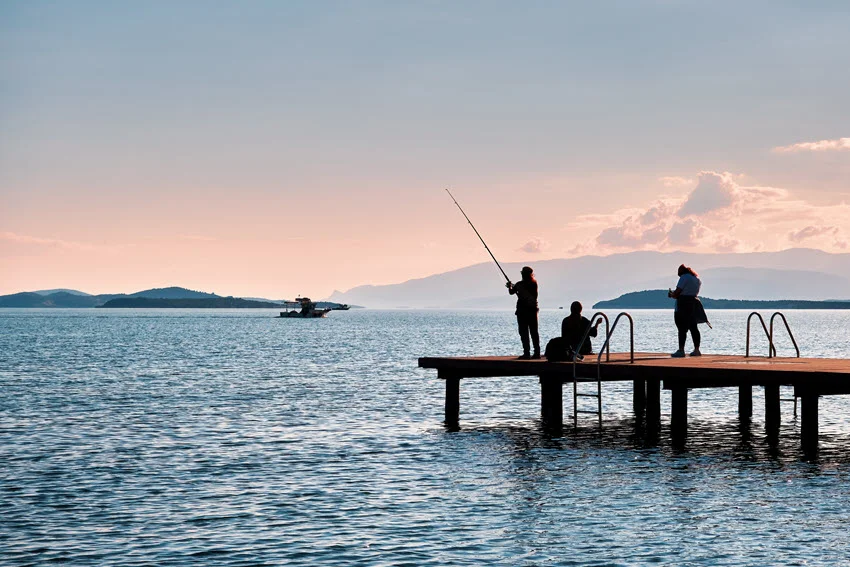
First, there are various jetties, piers, or bridges from which you can also kite fish. The advantage is that they are all elevated and, as such, provide increased visibility and casting distance, allowing anglers to reach deeper water from the ground and target a broader range of species. They are also a great way to approach areas around pilings or under bridge spans, increasing the likelihood of a successful catch.
It should be noted that fishing from these spots escapes crowded shores and provides a sense of solitude and peace, especially during early morning or late evening sessions. However, always consider safety when fishing from elevated structures, especially in areas with strong currents or rough seas.
Essentially, kite fishing involves trolling or drifting. These strategic approaches have advantages, which are discussed in more detail below.

Kite trolling is similar to the classic trolling technique, except that here, anglers use multiple kites with live or dead baits towed behind the boat at different distances and depths. As with standard trolling, the primary maneuver is performed by the boat's movements or by adjusting the height and distance of the kite from the boat, thus reaching areas of different depths.
Trolling with kites allows for a very effective presentation of baits, with a high degree of imitation of the natural movements of the baits. A quality performance will result in a quality catch. This kite fishing strategy is attractive, but you should own or rent a boat.

Kiteboarding is often mistaken for bottom-dwelling species such as Grouper and Amberjack. Heavier rigs are used with heavy sinkers or weights attached to the lines, allowing the lures to float naturally along the bottom while remaining suspended above the structure.
Kite fishing is excellent around reef areas or structures where baits are in the strike zone of bottom-holding fish. It is important to adjust the speed, drift, and position of the kite and thus try to land the lures close enough to the fish without scaring them.
If you are looking for a specialized, inexpensive technique with a circle of fans, you must try kite fishing!
It has everything that even the most exciting children's games have. Still, what inspires adults and experienced anglers the most is the possibility of hunting dominant fish species! What more could an adrenaline-seeking angler want?
Jokes aside, we hope you enjoyed the guide, learned something, and found a new way to express yourself as an angler! Whatever it is and whatever you feel compelled to tell us, don't hesitate to say to us all in the comments. Of course, if you think we did an excellent job with this guide, share it wherever you can! So, dear friends and fellow anglers, happy fishing!

The expert copywriters at Anglers Booking have meticulously crafted this article. Our dedicated team of writers provides valuable insights and information to enhance your angling experience.
Embark on unforgettable fishing adventures with us at Anglers Booking.
book your charterOctober 17, 2025
October 15, 2025
October 10, 2025
October 11, 2025
October 4, 2025
September 29, 2025
September 25, 2025
September 21, 2025

You're now part of our exclusive community. Get ready for premium content and updates straight to your inbox.
close
Subscribe to our newsletter and receive a selection of cool articles every week.
Please enter a valid email address.

Be the first to know when we're back in action.
Please enter a valid email address.
Leave a Comment
Your email address will not be published. Required fields are marked *
Thank you for your comment! It has been submitted for review and will appear on the site shortly.